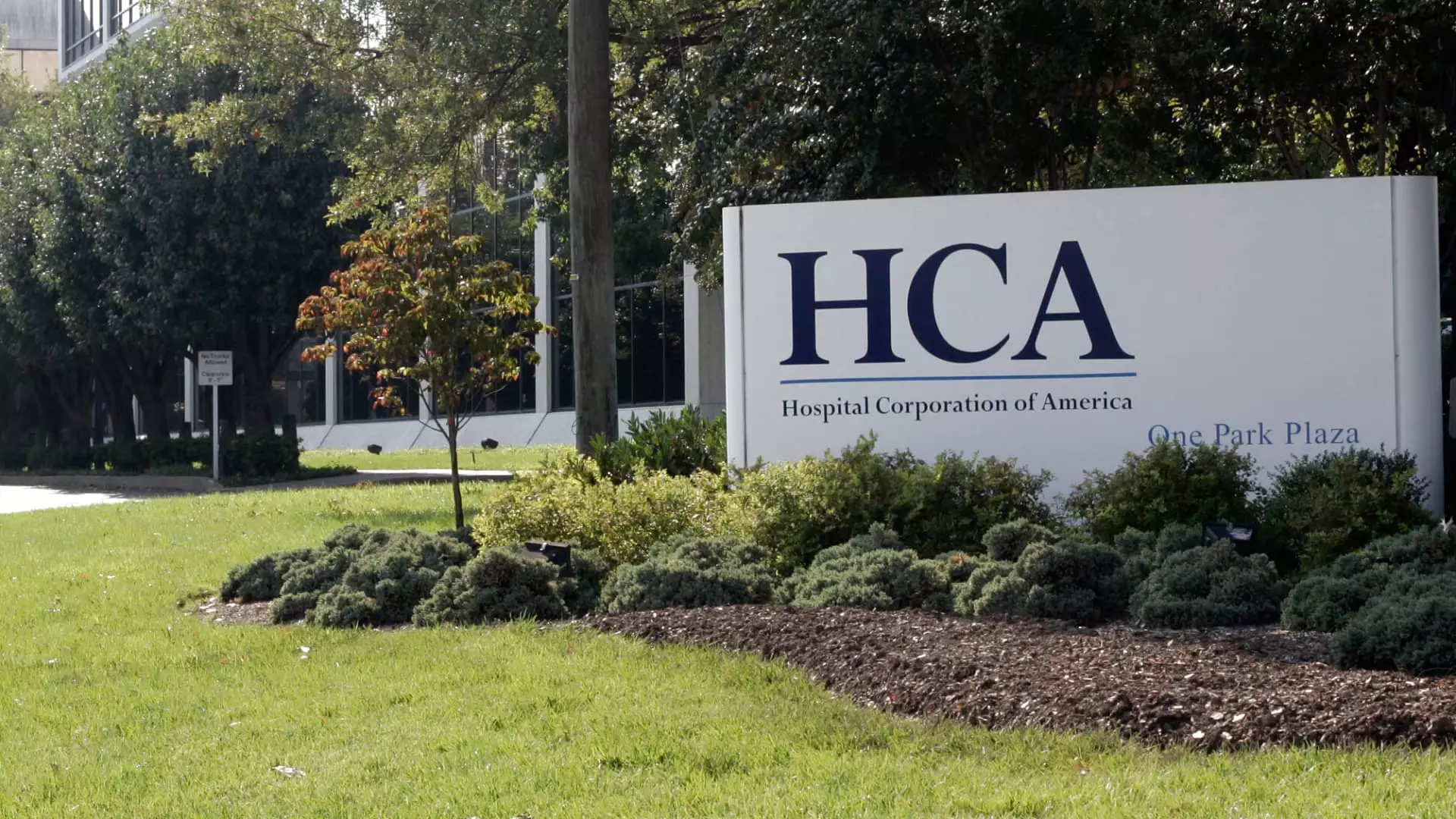The start of a new year often brings about fluctuations in stock performance, and the recent downturn has left investors questioning the stability of the market. After a robust performance in 2024 that saw the S&P 500 gain over 20% for the second consecutive year, the market experienced a drop in the days leading up to the new year. Notably, it seems the anticipated Santa Claus rally—a market trend where stocks typically rise during the holiday season—failed to materialize this year. However, amidst this downturn, several oversold stocks present potential opportunities for a rebound.
The complexities of the stock market are often influenced by various external factors, including political changes and economic indicators. The latter half of 2024 saw a negative shift in sentiment, particularly following the election of President-elect Donald Trump. This led to concerns affecting several sectors, especially healthcare, which could face instability due to potential changes in Medicaid and the Affordable Care Act. Such political dynamics play a crucial role in stock performance, and understanding these underlying influences is vital for investors.
During this period, the relative strength index (RSI) emerged as a key tool for identifying oversold stocks. The RSI measures the momentum of price changes, with an indicator below 30 signifying a state of overselling, which often precedes a price increase. Companies in this category can be prime candidates for recovery as market sentiments begin to shift.
Among the notable names on the oversold list is HCA Holdings, which presents intriguing recovery potential with an RSI of 22.4. While investor sentiment towards the healthcare company soured following the election outcome, analysts maintain a consensus buy rating for the stock. More importantly, the average target price estimates a significant upside of around 37%. This suggests that fears surrounding the company may be exaggerated, making it a strong candidate for those looking to capitalize on potential market corrections.
In a similar vein, Molson Coors Beverage has seen its stock dip significantly, evidenced by a 14-day RSI of 23.5. The beverage manufacturer has experienced a 10% decline in its stock price over the previous month. Recent warnings from health authorities regarding alcohol consumption have understandably placed additional pressure on the sector. Nevertheless, analysts project a positive outlook for the company, with an average price target that suggests a 26% increase from its latest close. The firm’s resilience in the face of regulatory challenges speaks volumes about its potential for recovery.
Manufacturing and Steel Production: Nucor and Steel Dynamics
The steel industry, represented by giants such as Nucor and Steel Dynamics, has also been affected by broader economic trends, including weakening demand in manufacturing and construction. The onslaught of higher import prices for steel products further complicates the landscape, leading both companies to feature on the oversold radar. Identifying the reasons behind the stock weakness is essential for understanding when a potential Upswing could emerge.
As the demand dynamics alter and costs stabilize, these companies might be well-positioned to capitalize on any resurgence in the construction and manufacturing sectors. Investors should closely monitor these companies as potential recovery plays when economic conditions improve.
The recent market turmoil has created a landscape rife with opportunity for those savvy enough to recognize the potential for recovery in oversold stocks. As we move into 2025, it is crucial for investors to stay informed about external factors impacting stock performance and to utilize tools such as the RSI to pinpoint undervalued companies. With careful analysis and a strategic approach, investors can position themselves to capitalize on potential rebounds from stocks like HCA Holdings, Molson Coors, and players in the steel industry. The key lies in vigilance, as the market continues to evolve and present new opportunities.

Leave a Reply